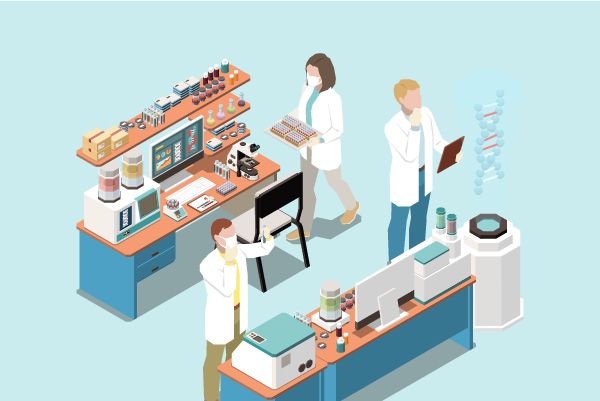What is the difference between the CDER and CBER divisions of the FDA?
The U.S. Food and Drug Administration (FDA) has several centers and offices under its umbrella, among which two major centers are the Center for Drug Evaluation and Research (CDER) and the Center for Biologics Evaluation and Research (CBER). These two centers differ in their responsibilities, regulatory scope, and review processes:
CDER (Center for Drug Evaluation and Research)
·Responsibilities: CDER is primarily responsible for evaluating and regulating small molecule drugs (chemical drugs), including most prescription drugs and over-the-counter (OTC) drugs.
·Regulatory scope: CDER regulates drugs such as pain medications, antibiotics, anticancer drugs, and drugs other than blood products.
·Review process: CDER is responsible for reviewing New Drug Applications (NDAs), including preclinical data, clinical trial results, and evaluating the safety and efficacy of drugs.
·Organizational structure: CDER has several offices, including the Office of New Drugs (OND), Office of Drug Evaluation, etc., with each office responsible for reviewing specific types of drugs.
·Other responsibilities: CDER also oversees drug labeling, advertising, marketing, and drug shortage issues.
CBER (Center for Biologics Evaluation and Research)
·Responsibilities: CBER is primarily responsible for evaluating and regulating biological products, including vaccines, cell therapies, gene therapies, blood products, and allergenics.
·Regulatory scope: Products regulated by CBER are typically derived from living organisms or produced from living sources, and their production and quality control processes differ significantly from chemical drugs.
·Review process: CBER is responsible for reviewing Biologics License Applications (BLAs), which includes evaluating the manufacturing process, facilities, and the safety and efficacy of the products themselves.
·Organizational structure: CBER also has several offices, including those responsible for reviewing specific product categories, such as the Office of Vaccines, Office of Cell and Gene Therapy, etc.
·Other responsibilities: CBER also oversees the labeling and advertising of biological products and ensures compliance with manufacturing processes.
Main differences:
Types of regulated products: CDER primarily regulates chemical drugs, while CBER regulates biological products.
Review processes: Although both involve evaluating the safety and efficacy of drugs, the specific review processes and requirements may differ to accommodate the characteristics of their respective regulated products.
Professional expertise: Due to the differences in the regulated products, CDER and CBER staff may require different professional backgrounds and expertise.
Both centers are dedicated to ensuring that their regulated products are safe and effective for use in treating and preventing diseases, while protecting public health.




